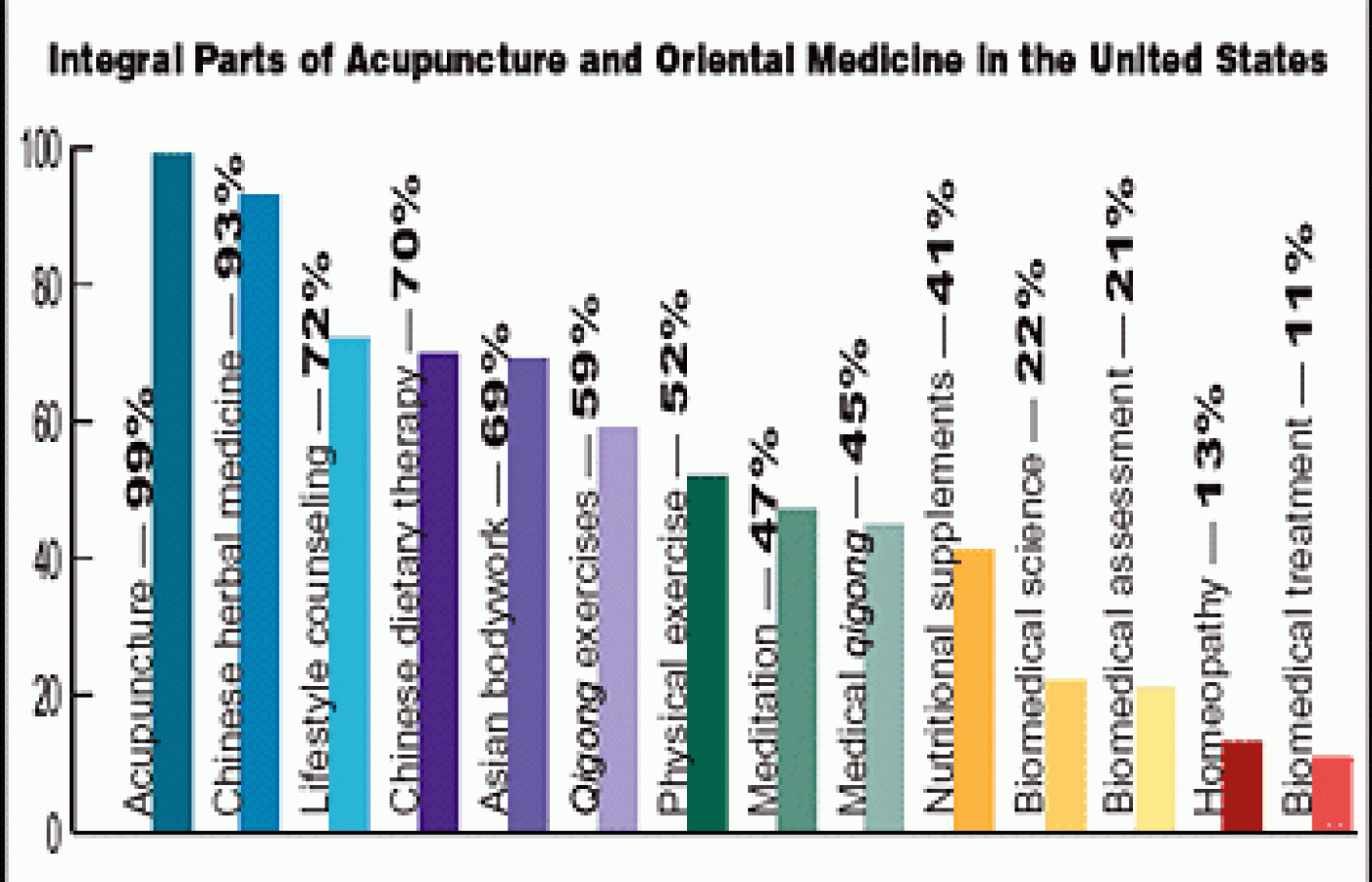Whether you accept it, avoid it or live somewhere in between, insurance coverage has become a defining issue for our profession. Patients increasingly expect to use their benefits, practitioners want to be compensated fairly for their time and expertise, and the system itself remains – at best – fragmented. The encouraging news is that coverage has expanded in meaningful ways. The challenging news is that reimbursement, across the board, remains inadequate.
NCCAOM Publishes Long-Awaited Job Analysis of Acupuncture and Oriental Medicine
The National Certification Commission of Acupuncture and Oriental Medicine (NCCAOM), in conjunction with the marketing firm Applied Measurement Professionals, Inc., has just released the first-ever Job Analysis of the Acupuncture and Oriental Medicine Profession, the most extensive survey of the acupuncture and Oriental medicine profession in the United States to date. The survey, the results of which took more than a year to compile and analyze, can be viewed free of charge on the NCCAOM's website, and will serve as a statistical framework that can be used to steer the direction of the profession for years to come.
"Fulfilling our mission to protect and benefit the public, NCCAOM ... will use the results of the survey to guide the exam development process that supports our certification programs in acupuncture, Chinese herbology, Asian bodwork therapy and Oriental medicine," commented NCCAOM chief executive officer Christina Herlihy, PhD. "We have made this survey available online in its entirety so that everyone has the opportunity to gain from its in-depth analysis of the Oriental Medicine profession."
The initial phase of the job analysis occurred in March 2002, when a total of 3,500 surveys were mailed to a random sample of all NCCAOM diplomates. Six months later, in September 2002, the NCCAOM's Job Analysis Advisory Panel reviewed a summary of the survey responses. More than 1,200 surveys were completed and returned to AMP, and were considered suitable for analysis, resulting in a response rate of 36.1 percent - nearly double the response rate of most organizational surveys.
The survey consisted of 20 demographic questions related to individual characteristics (such as race and gender) and practice patterns (such as work setting, amount of training and number of patient visits). In addition, respondents were given an initial list of 284 tasks considered "potentially significant" to the practice of acupuncture and Oriental medicine, and were asked to rate the significance of those tasks on a scale of zero to five, with zero indicating the task was not performed, and five indicating the task was "extremely significant."
Job Analysis Highlights
- Responses to the survey were received from almost every state, with California and New York submitting the highest number of responses.
- Gender and race figures reflected national professional averages. Sixty-four percent of the respondents were female, and 67 percent of the respondents were Caucasian.
- Ninety-six percent of those taking the survey were active practitioners. Many respondents reported having a secondary role as an educator or an acupuncture researcher.
- Most respondents were U.S.-trained acupuncturists. Eighty-two percent said they received their formal education at an institution in the United States. Thirteen percent were trained outside the U.S., and the remaining five percent were trained on an apprentice basis.
- Nearly half of those surveyed (49 percent) saw between 11 and 30 patients per week.
- More than 90 percent of the respondents were certified by the NCCAOM in acupuncture, Chinese herbology, Asian bodywork and/or Oriental medicine, and 67 percent were licensed to practice in at least one state.
- When the diplomates were asked what they considered an "integral part" of the practice of acupuncture and Oriental medicine in the U.S. today, acupuncture and Chinese herbal medicine received the highest ratings; biomedical assessment, homeopathy and biomedical treatment received the lowest.
Of the 284 tasks on the survey, 75 received a rating of zero and were removed from the analysis. Of the remaining 209 tasks, collecting information from the patient about chief and secondary complaints rated highest (4.89 out of five).
The Job Analysis has already received rave reviews from organizations outside the Oriental medicine profession. In April 2003, it led to the NCCAOM being named to the 2003 Associations Advance America Honor Roll, an awards competition sponsored by the American Society of Association Executives (ASAE).
"NCCAOM's program truly embodies the spirit of the Associations Advance America campaign," remarked ASAE president Michael Olson. "It is an honor and an inspiration to showcase this activity as an example of the many contributions associations are making to advance American society."
See the Analysis Online
The complete Job Analysis of the Acupuncture and Oriental Medicine Profession is available for viewing on the NCCAOM's website (www.nccaom.org). Questions regarding the Job Analysis can be directed to NCCAOM at (703) 548-9004.



